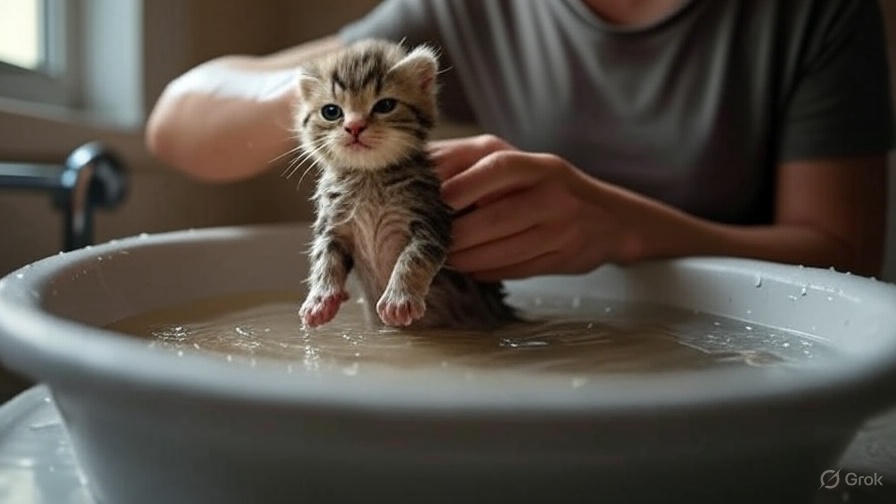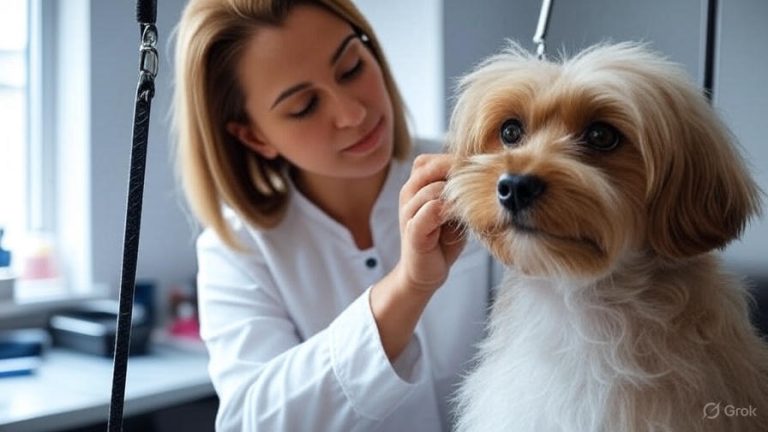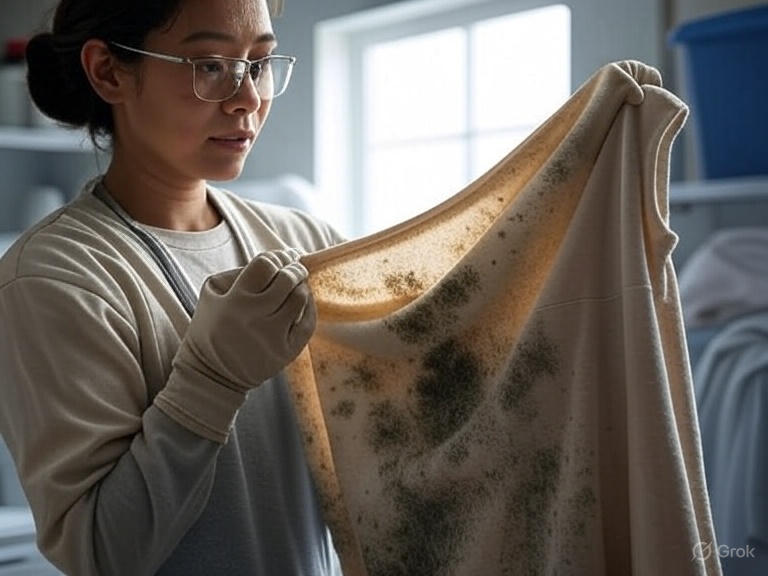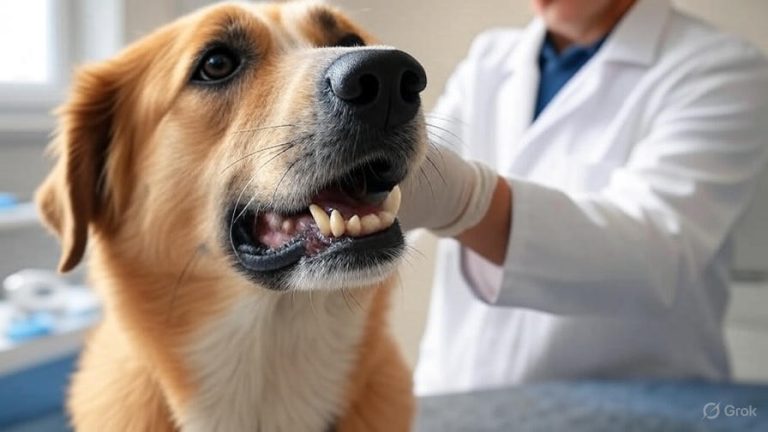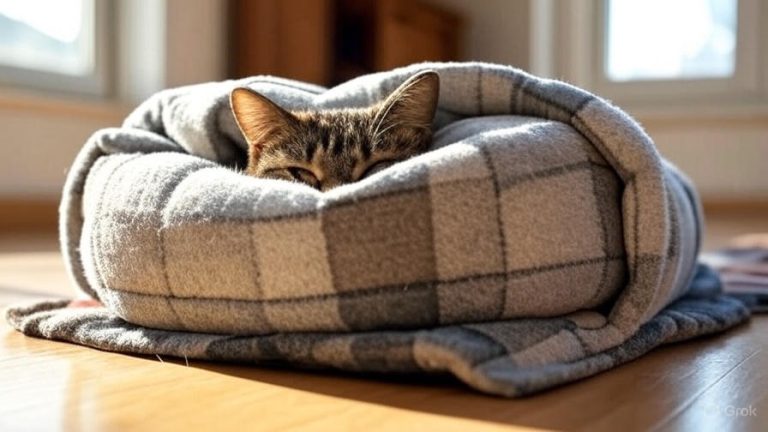How To Bathe A Newborn Kitten?
Bathing a newborn kitten requires extreme care and patience. These tiny creatures cannot regulate their body temperature and depend entirely on their caregivers for survival. Most newborn kittens receive cleaning from their mother through grooming, but orphaned kittens or those with health issues may need human intervention.
When You Actually Need to Bathe a Newborn Kitten
Newborn kittens rarely need full baths. Their mother typically handles all cleaning duties through constant licking and grooming. However, certain situations demand immediate bathing:
Emergency situations include finding a kitten covered in fleas, dirt, or harmful substances. Orphaned kittens without maternal care may accumulate waste around their bottom area. Sick kittens might soil themselves and require cleaning to prevent infection.
Medical conditions like diarrhea create hygiene issues that warm water cleaning can resolve. Kittens rescued from outdoor environments often carry parasites or debris that pose health risks. Additionally, some newborns develop skin conditions requiring gentle cleaning with specialized products.
Essential Supplies for Kitten Bathing
Gathering the right supplies before starting prevents stress and ensures safety. You’ll need several towels – at least three clean, soft towels for drying and warmth. A small basin or sink works better than a large bathtub for controlling water depth.
Temperature control items include a reliable thermometer for water testing and a heating pad set on low. Kitten-safe shampoo designed for young animals protects their sensitive skin. Never use human shampoo or adult cat products on newborns.
Cleaning supplies should include cotton balls for gentle face cleaning and soft washcloths for body washing. Keep a hair dryer on the lowest setting available, though air drying remains safer. Have emergency supplies ready: a veterinarian’s contact information and first aid basics.
Preparing the Bathing Area
Create a warm, draft-free environment before bringing the kitten near water. Close all windows and doors to eliminate cold air circulation. Set up your workspace in a bathroom or kitchen with good lighting and easy water access.
Fill your basin with lukewarm water – never hot or cold. The water should reach about one inch deep, just enough to clean without overwhelming the tiny kitten. Test water temperature with your elbow or a thermometer; it should feel neutral to slightly warm.
Place towels nearby for immediate drying. Turn on any heating sources like space heaters or heat lamps well before bathing begins. This preparation prevents temperature shock that could harm or kill a newborn kitten.
Step-by-Step Bathing Process
Start by gently restraining the kitten with one hand while supporting their body completely. Lower them slowly into the water, feet first, while speaking in calm, soothing tones. Never rush this process – sudden movements frighten kittens and can cause injury.
Wet the kitten’s body gradually using your cupped hand or a soft washcloth. Avoid getting water in their ears, eyes, or nose. Work from the neck down, keeping the head elevated above water level throughout the entire process.
Apply a small amount of kitten shampoo to wet fur, creating a gentle lather. Focus on dirty areas while avoiding harsh scrubbing motions. Use circular motions with your fingertips rather than vigorous rubbing that could damage delicate skin.
Rinse thoroughly with clean, lukewarm water. Soap residue can irritate sensitive skin and cause health problems if ingested during self-grooming. Continue rinsing until the water runs completely clear and no soap remains.
Drying and Warming Techniques
Immediate drying prevents hypothermia, which can kill newborn kittens within minutes. Lift the kitten from water and wrap them immediately in a warm, dry towel. Gently pat – never rub – the fur to absorb excess moisture.
Change to a second dry towel once the first becomes damp. Continue gentle patting motions while keeping the kitten wrapped for warmth. Pay special attention to the belly area where newborns lose heat most rapidly.
If using a hair dryer, set it to the coolest setting and keep it moving constantly. Hold the dryer at least six inches away from the kitten’s skin. Many experts recommend air drying instead, as the heat and noise from dryers can stress newborns.
Place the kitten on a heating pad set to low temperature, or use your body heat by holding them close to your chest. Monitor their breathing and behavior closely during the drying process. Normal, active movement indicates they’re maintaining proper body temperature.
Special Considerations for Orphaned Kittens
Orphaned kittens require extra care during and after bathing. Without maternal warmth, they lose body heat much faster than kittens with mothers. Plan bathing sessions during the warmest part of the day when possible.
Feed orphaned kittens before bathing to ensure they have energy for temperature regulation. However, wait at least 30 minutes after feeding to avoid vomiting during the bath. Stressed kittens often regurgitate food when handled extensively.
After bathing, orphaned kittens need immediate return to their warm environment. This might include heated blankets, warming lamps, or snuggling with littermates. Monitor them closely for signs of distress or temperature loss.
Consider bathing only the soiled areas rather than the entire kitten. Spot cleaning with warm, damp cloths often suffices for minor hygiene issues. Full baths should remain emergency measures for orphaned newborns.
Signs of Stress and When to Stop
Newborn kittens show stress through specific behaviors and physical signs. Excessive vocalization, including loud crying or screaming, indicates distress. Rapid breathing or panting suggests the kitten is struggling to maintain body temperature.
Physical signs include pale gums, cold ears, or lethargy. If the kitten becomes limp or unresponsive, stop bathing immediately and focus on warming them. Shivering or trembling also signals dangerous temperature loss.
Blue-tinged gums or tongue indicate oxygen deprivation – a medical emergency requiring immediate veterinary attention. Similarly, if the kitten stops moving or appears unconscious, end the bath and seek professional help.
Trust your instincts. If something feels wrong or the kitten seems too distressed, stop the process. Partial cleaning is better than risking the kitten’s health or life through continued stress.
Alternative Cleaning Methods
Many situations that seem to require bathing can be handled through gentler alternatives. Warm, damp washcloths effectively clean small areas without full submersion. This method works well for removing waste or food debris.
Dry cleaning products designed for cats can handle minor odors and dirt. These waterless shampoos require only gentle rubbing and brushing out. They’re particularly useful for kittens too young or weak for water baths.
Baby wipes designed for sensitive skin provide another alternative. Choose unscented, alcohol-free varieties that won’t irritate kitten skin. These work especially well for cleaning faces and paws.
Professional grooming services experienced with newborn animals offer expert care. Many veterinary clinics provide bathing services for young kittens when medical conditions require professional attention.
Post-Bath Care and Monitoring
After bathing, kittens need several hours of careful monitoring. Watch for signs of illness or distress that might develop after the stress of bathing. These include loss of appetite, lethargy, or changes in breathing patterns.
Temperature regulation remains critical for hours after bathing. Even properly dried kittens can experience delayed hypothermia. Keep them in warm environments and check their body temperature by feeling their ears and paws.
Feeding schedules might need adjustment after bathing stress. Some kittens eat more to replace lost energy, while others might eat less due to stress. Offer food at regular intervals and monitor intake carefully.
Document the bathing experience in your kitten care log. Note any difficulties, stress signs, or positive responses. This information helps improve future bathing sessions and provides valuable data for veterinary consultations.
Common Mistakes to Avoid
Many well-intentioned caregivers make dangerous mistakes when bathing newborn kittens. Using water that’s too hot can burn sensitive skin, while cold water causes rapid hypothermia. Always test temperature before introducing the kitten to water.
Rushing the process creates unnecessary stress and increases accident risk. Take your time, work slowly, and prioritize the kitten’s comfort over speed. Remember that newborns cannot handle the same stress levels as older cats.
Neglecting proper drying techniques leads to hypothermia and death. Never leave a wet kitten to air dry without supplemental heat. Active drying and warming must continue until the kitten is completely dry and maintaining normal body temperature.
Using inappropriate cleaning products causes skin irritation and potential poisoning. Human shampoos, dish soap, and adult cat products contain chemicals too harsh for newborn skin. Invest in proper kitten-safe products or consult your veterinarian for alternatives.
When to Seek Professional Help
Certain situations require immediate professional intervention. If the kitten becomes unresponsive during bathing, contact your veterinarian immediately. Signs of severe distress or health problems also warrant professional attention.
Kittens with underlying health conditions should only be bathed under veterinary supervision. This includes premature kittens, those with birth defects, or kittens recovering from illness. Professional guidance ensures safety and proper care.
First-time kitten owners might benefit from professional demonstration before attempting solo bathing. Many veterinary clinics offer hands-on training sessions for new pet parents. This investment in education prevents accidents and builds confidence.
Emergency situations like poisoning or extensive contamination require immediate professional care. Don’t attempt home bathing if the kitten has been exposed to toxic substances or needs medical treatment.
Building Long-Term Bathing Routines
As kittens grow, their bathing needs and tolerance levels change. Establishing positive associations with water and handling during kittenhood creates easier grooming experiences later. However, most healthy cats need very few baths throughout their lives.
Start with minimal handling and gradually increase interaction as the kitten grows stronger. Positive reinforcement through treats and gentle praise helps build trust. Never force bathing experiences that create negative associations.
Regular grooming with brushes and combs often eliminates the need for frequent baths. Teaching kittens to accept brushing from an early age promotes better coat health and reduces bathing requirements.
Monitor your kitten’s individual needs as they develop. Some cats require more frequent cleaning due to health conditions or lifestyle factors. Others maintain excellent hygiene through natural grooming behaviors and rarely need human intervention.
Creating a Safe Bathing Environment
Safety considerations extend beyond water temperature and drying techniques. Ensure all electrical appliances are safely positioned away from water sources. Hair dryers, heating pads, and space heaters must be used according to manufacturer guidelines.
Bathroom and kitchen surfaces can become slippery when wet. Place non-slip mats or towels on all surfaces where you’ll be working. This prevents dangerous falls that could injure both you and the kitten.
Keep all cleaning supplies and medications out of reach during bathing sessions. Curious kittens might investigate nearby objects, potentially ingesting harmful substances. Clear work areas of unnecessary items before beginning.
Have emergency contact information readily available. This includes your veterinarian’s number, after-hours emergency clinics, and poison control hotlines. Quick access to professional help can save lives in emergency situations.
Bathing newborn kittens requires patience, preparation, and constant vigilance. While most kittens never need full baths, knowing proper techniques ensures you can provide safe care when necessary. Remember that prevention through good hygiene practices often eliminates the need for stressful bathing experiences. Always prioritize the kitten’s health and safety over cleanliness, and seek professional help when in doubt.

